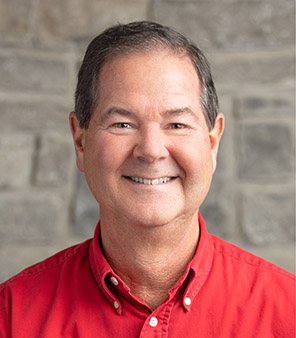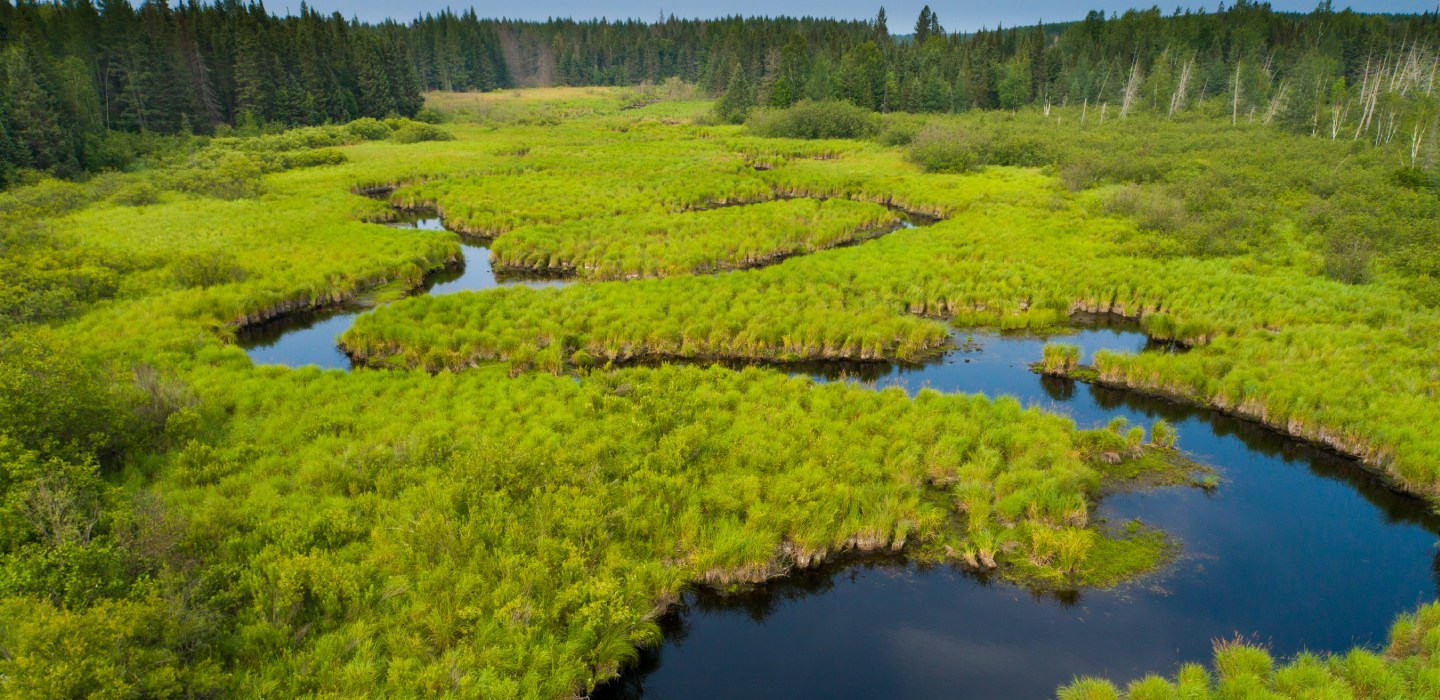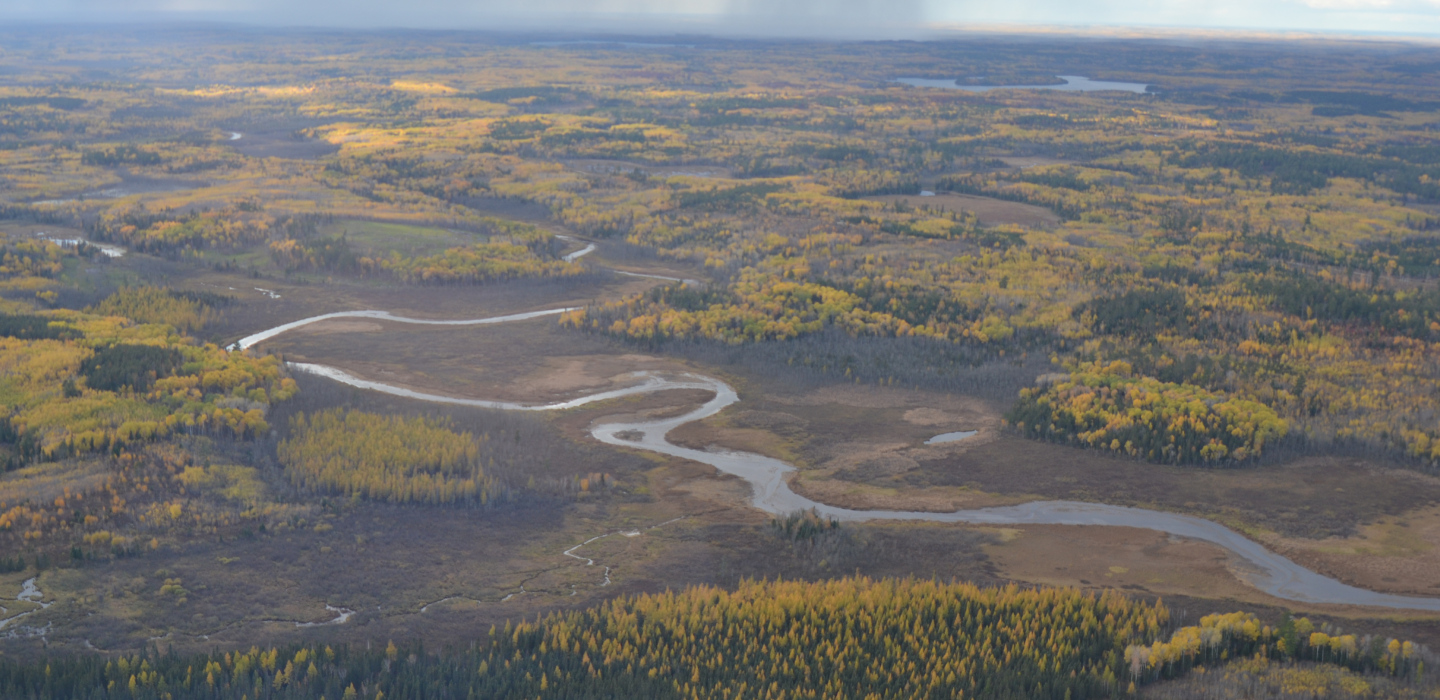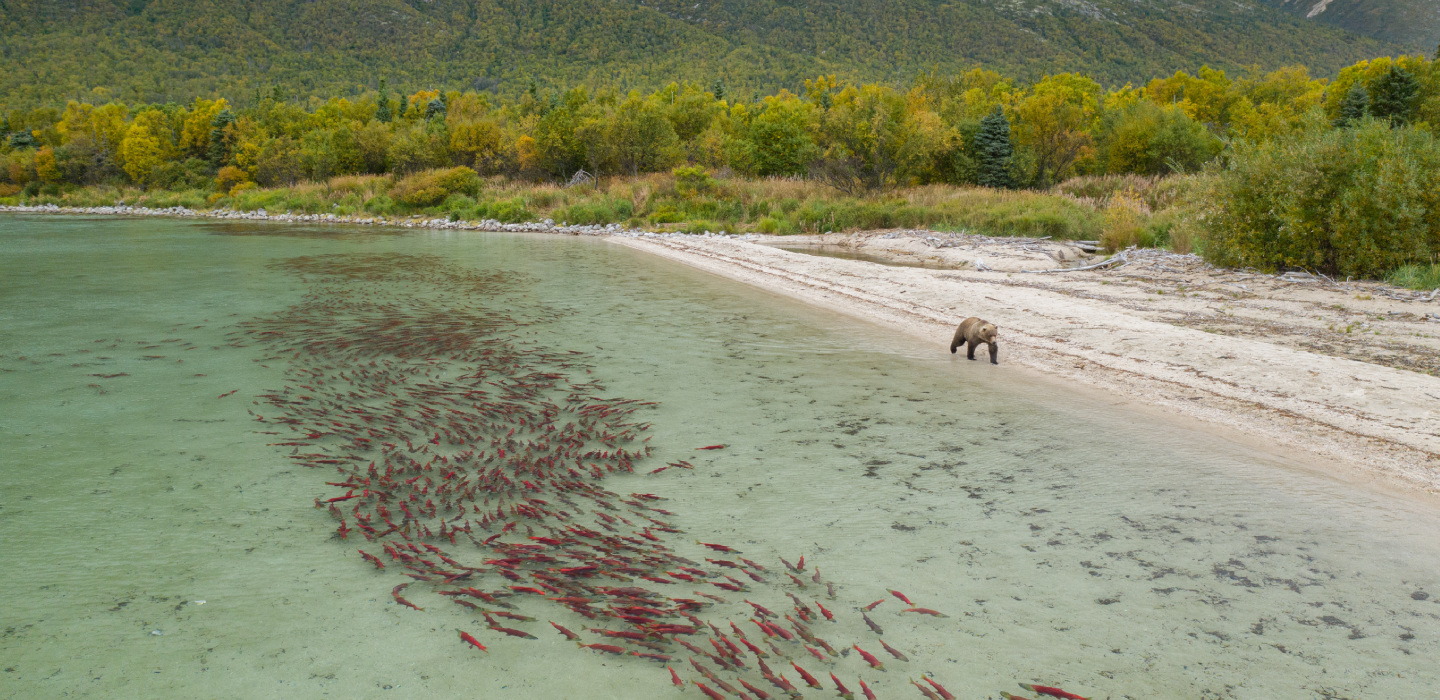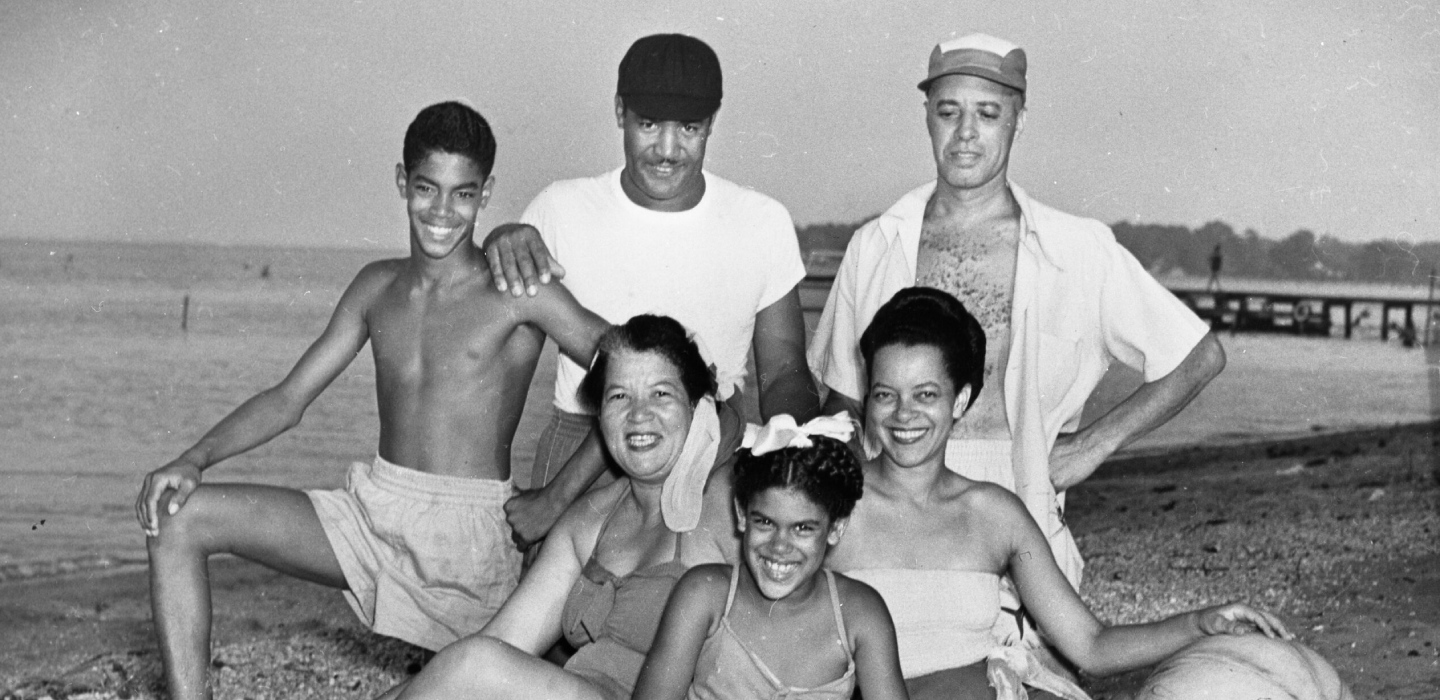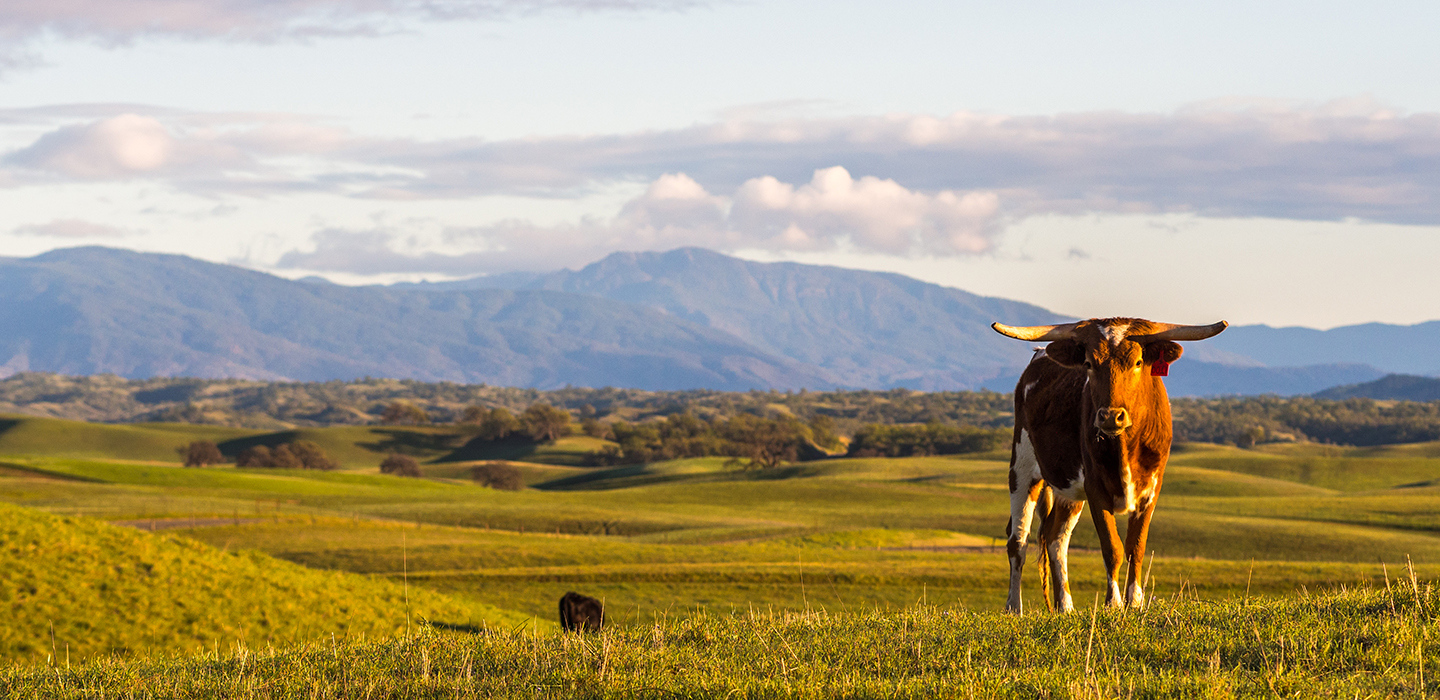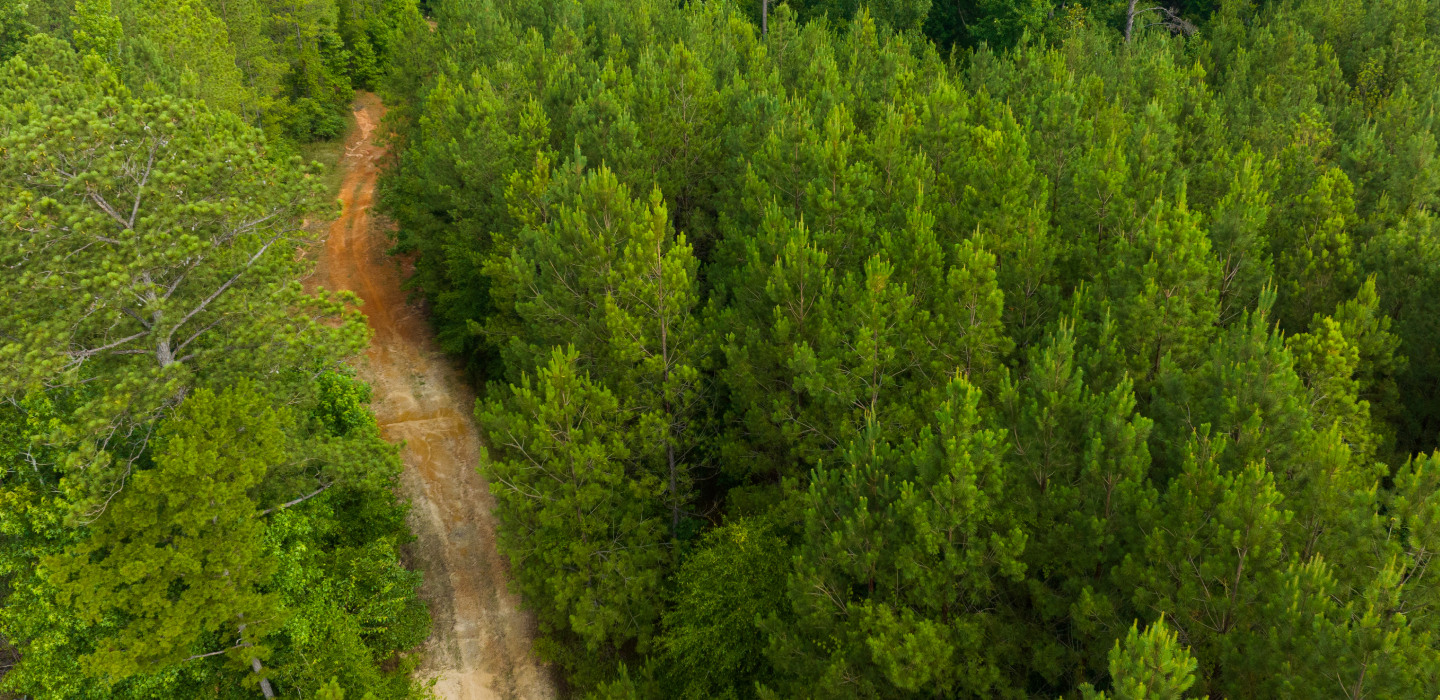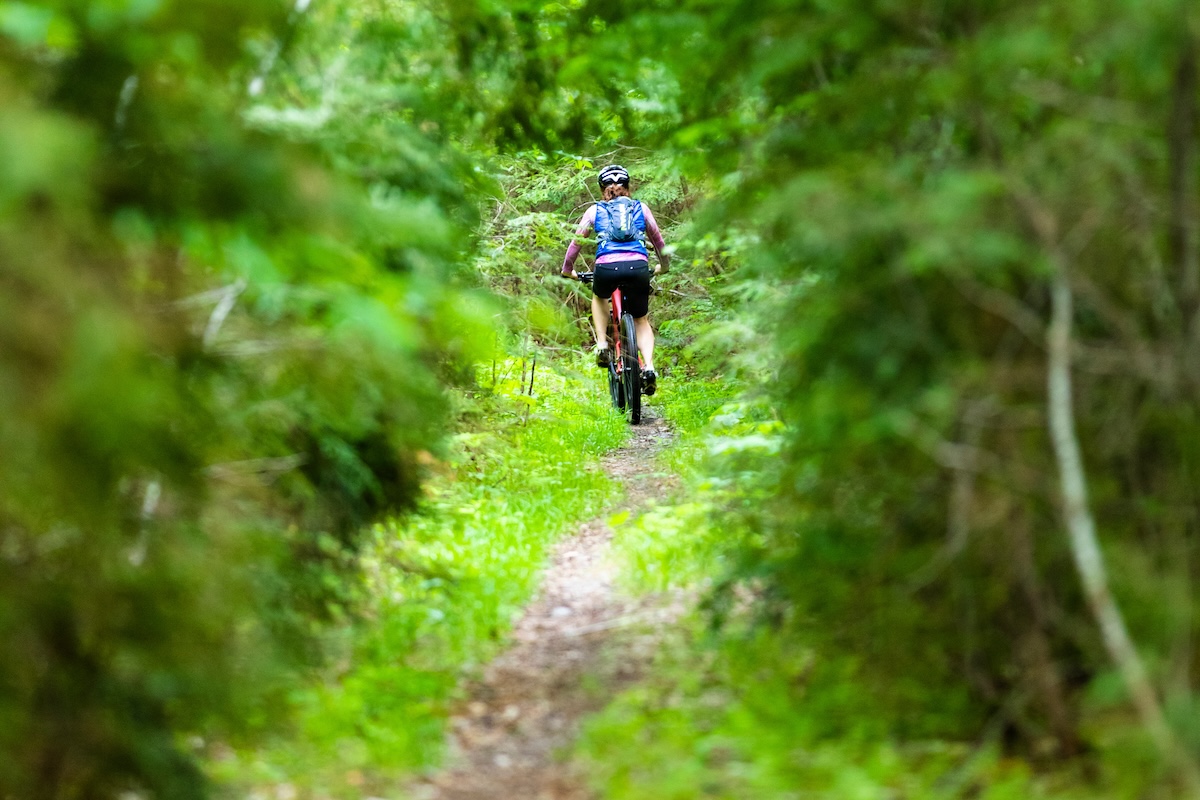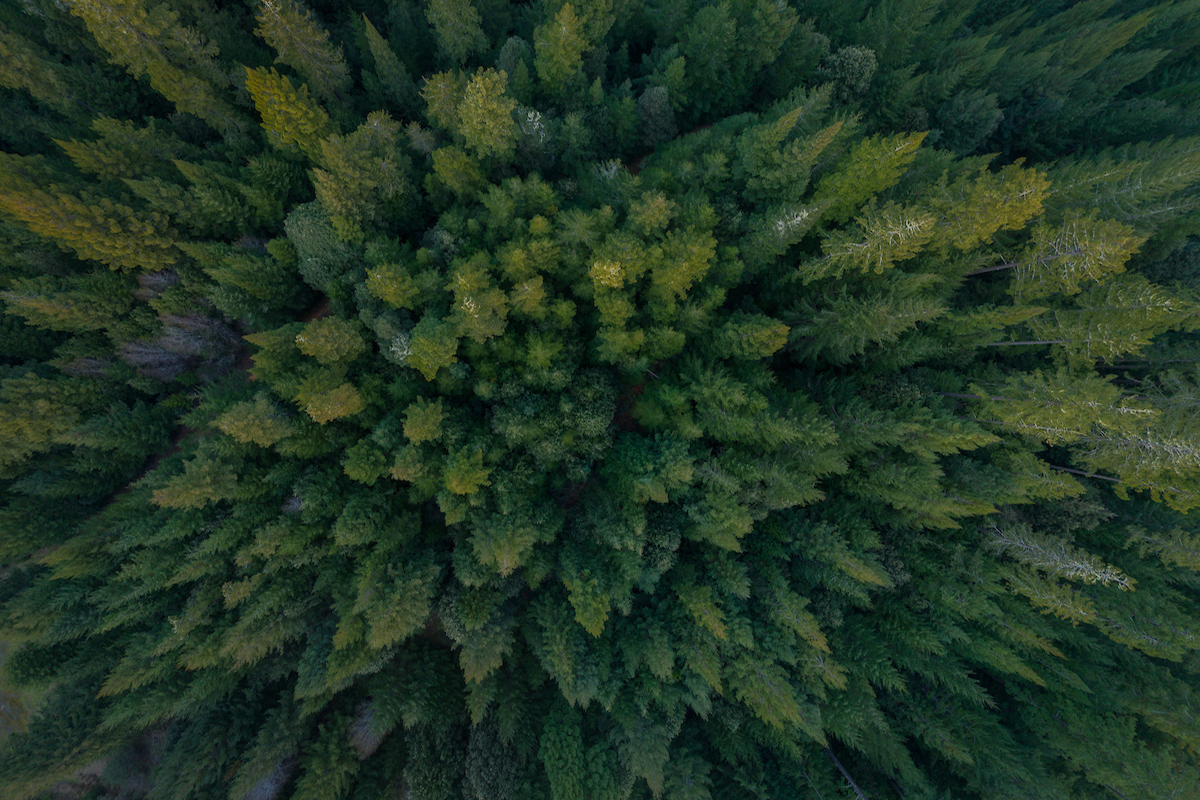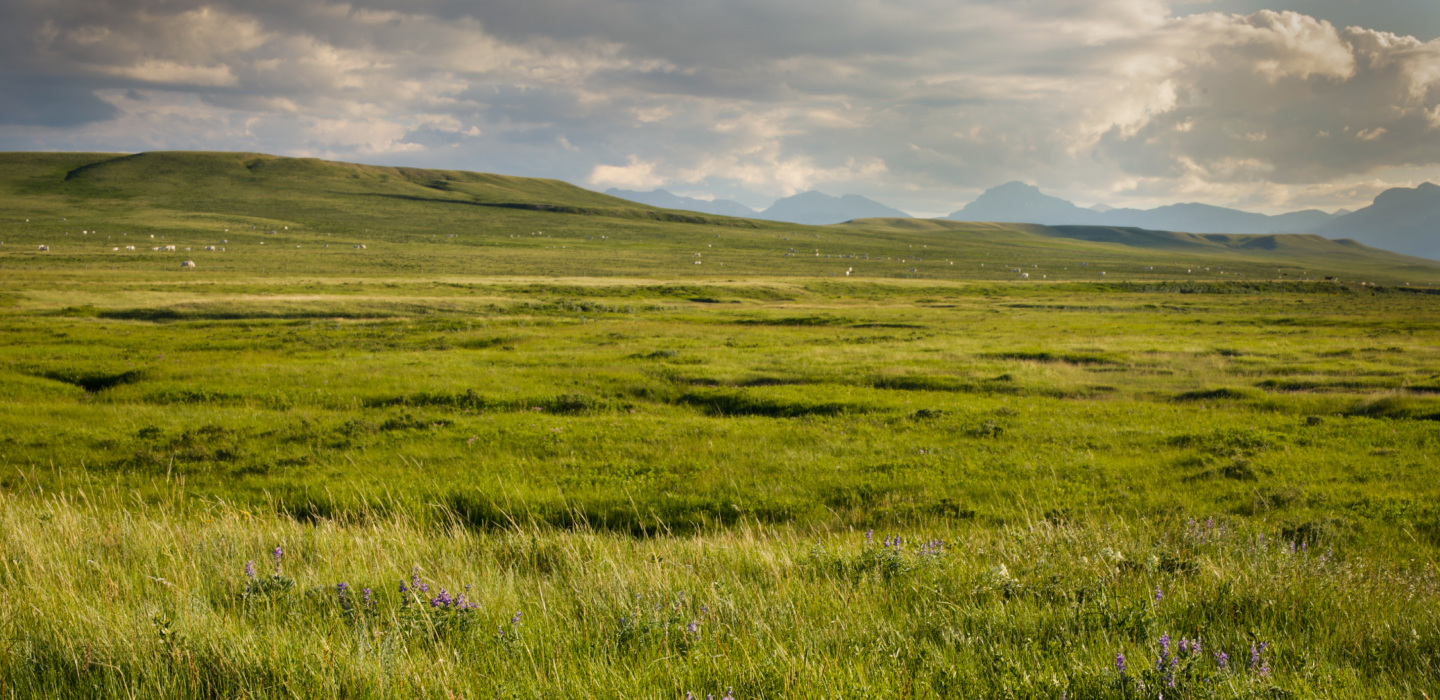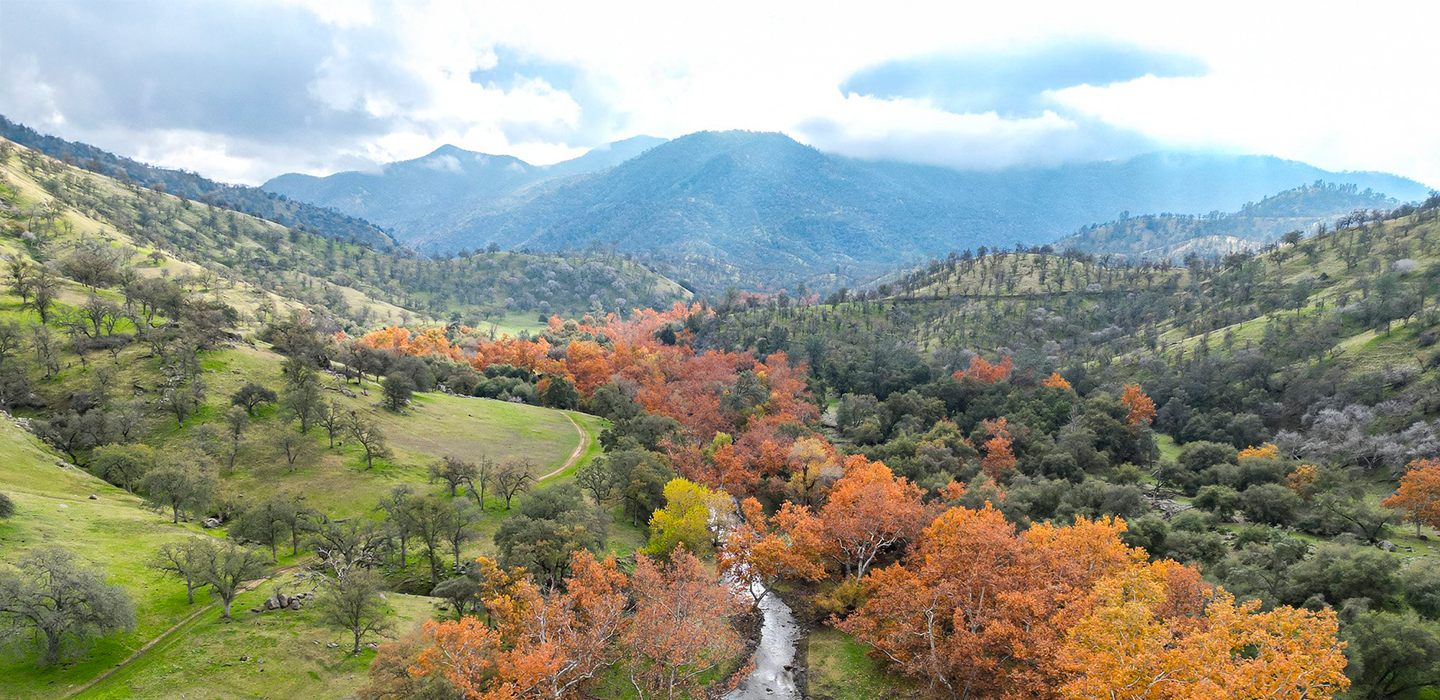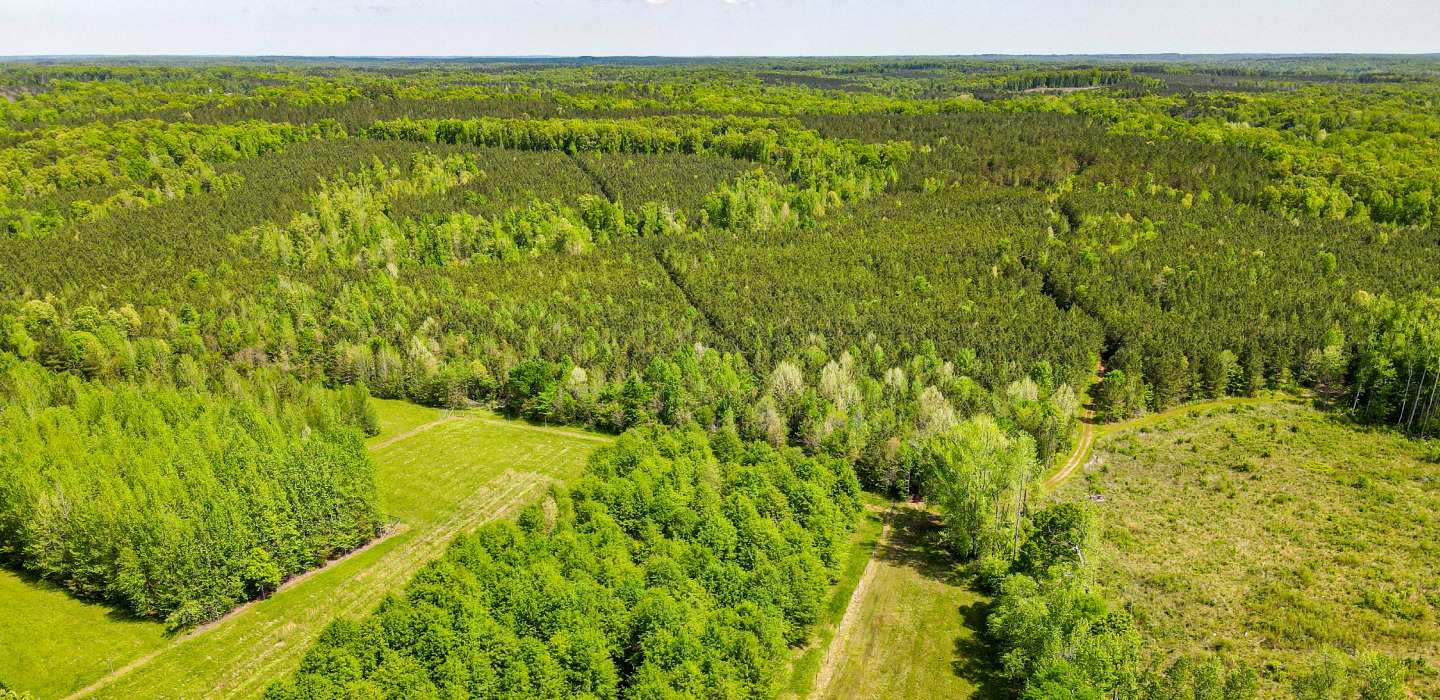Connecting People to Pinhoti and Appalachian Trails
Across three decades, we helped link the Pinhoti Trail in Alabama to the Appalachian Trail in north Georgia.
When the Appalachian Trail (AT) was mapped in the 1920s, the plan set out by Benton Mackaye called for a trail and associated spurs that stretched from Maine to northern Alabama. While the primary trail was completed, linking Maine to north Georgia, in the 1930s, efforts to build the spur into Alabama faded.
Blazing a New Trail
By conserving and enhancing key properties along the AT and rerouting portions of the trail away from roadways to more natural settings, we’ve helped establish and protect the Pinhoti Trail in Alabama and link it to the Appalachian Trail in north Georgia.
Our efforts began back in 1985 when the Alabama Trails Association approached us to engage private landowners and negotiate the acquisition of properties that were key to completing the trail. We helped acquire nearly 10 properties, protecting more than 8,000 acres and adding more than 20 miles to the Pinhoti Trail across Alabama and into Georgia. Finally, in 2006, the purchase of three miles of trail corridor allowed us to reach our ultimate goal of linking the Pinhoti Trail to the Appalachian Trail.
Even after linking the trails, our work continues.
In 2009, we protected the eight-mile crest of Rebecca Mountain, a major ridge in the Appalachian Mountains in Alabama. This property is open to visitors for hiking and camping.
Beginning in 2010, and continuing through today, we have work with multiple landowners to create the southern terminus of the Pinhoti Trail. Much of this area is an outstanding example of the rare montane longleaf pine forest and contains several trees that are nearly 400 years old. Volunteers began the construction of the Pinhoti Trail along Weogufka Creek to create more outdoor recreational opportunities for visitors and residents in 2014. Since then, more than 10 miles of the trail have been moved away from the highway to a true off-road environment, which will enhance the hiking experience through the Weogufka region.
In early 2015, we worked with the Alabama Forest Resources Center, the State of Alabama and others to open a trailhead at the base of Flagg Mountain, the Pinhoti Trail’s southernmost point, in Coosa County.
Most recently, in 2017, a Birmingham-based foundation enabled us to acquire 240 acres of important land in Coosa County. These additional land acquisitions have allowed us to protect the great majority of the rugged Weogufka Creek Gorge and expand the protected area at the southern end of the Pinhoti Trail to include both Flagg Mountain and the gorge.
In recognition of the outstanding grant support provided by the Protective Life Foundation and its parent company, Dai-ichi Life Holdings Inc., we are working on a new trail route in their honor. The route will feature exceptional views of Weogufka Creek Gorge and many majestic and rare montane longleaf pine trees, some of which are more than 300 years old.
Why This Project Matters
With three million people hiking a portion each year, the Appalachian Trail is one of the most popular places to experience the outdoors. We have protected land around the iconic trail in Alabama, Tennessee, Vermont and New Hampshire. Our efforts continue, ensuring that one of America’s favorite natural resources is protected for future generations.
When I was 16 and 17 years old I took my first long hikes on the Appalachian Trail and developed the dream of linking the mountains of Alabama to the Appalachian Trail. Today that dream is a reality. It is an extraordinary achievement borne from hundreds of volunteer hours and decades of work to link the trail between Alabama and Georgia. ”
Mike Leonard
Founder, Alabama Trails Association
Pinhoti Trail Map
Click here to view the Pinhoti Trail map. The trail is best accessed at its southern terminus, Flagg Mountain Trailhead, which offers an open-air shelter, kiosks and parking area.
We Need Your Help
The Conservation Fund is actively raising funds for a permanent conservation solution for these lands. For more information about how you can support the conservation of Alabama’s Pinhoti Trail, please contact Claire Cooney and Mike Leonard.
Learn More
Photo credits (from top of page): Stacy Funderburke
Project Staff
